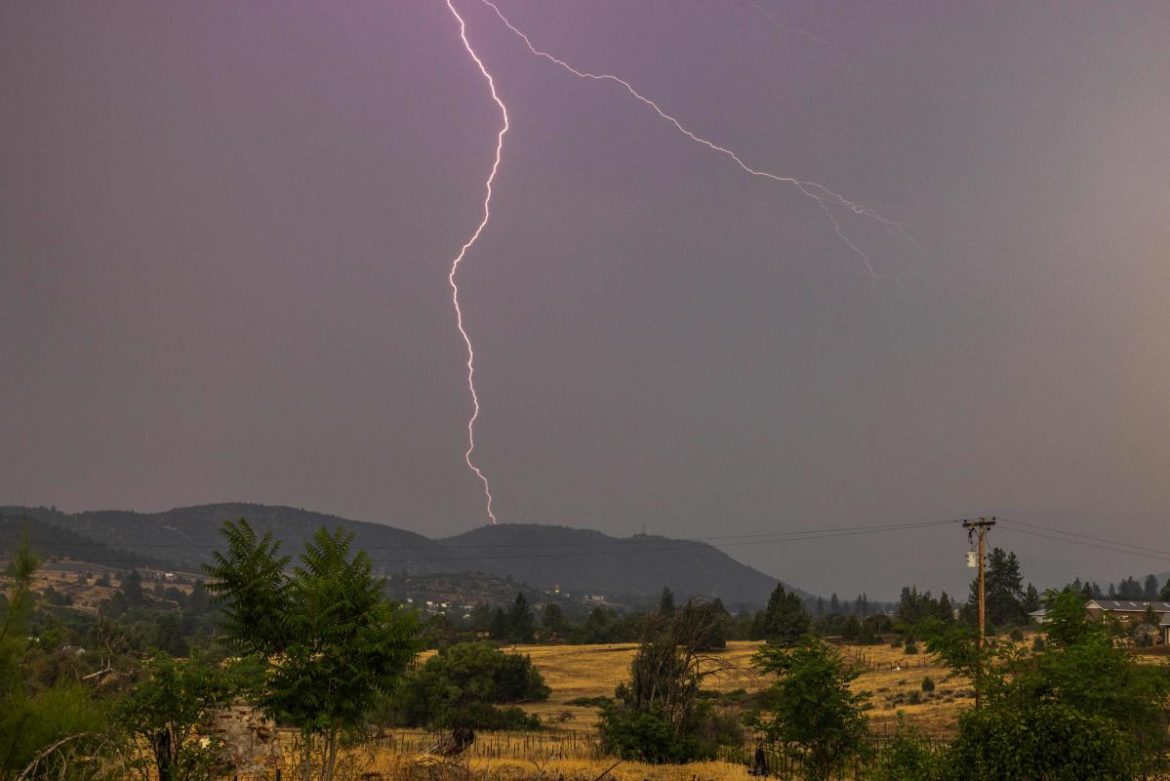A Siskiyou County organization has been given $1.5 million to create strategies for the county’s adaptation to climate change.
According to the strategic growth council, the Siskiyou Economic Development Council and the Siskiyou Climate Collaborative Program will get the funding which was voted for by the California Strategic Growth Council last week.
The three-year funding will concentrate on planning for fire and climate resiliency in Dorris, Dunsmuir, Etna, Fort Jones, Montague, Mount Shasta, Tulelake, Weed, and Yreka.
“Year one would focus on outreach and community engagement; year two on drafting a CRP (Climate Resiliency Plan) and developing actionable plans and projects, and year three on finalizing the CRP and implementing a technical assistance program to bring additional funding to local climate projects,” the growth council said.
Recall that last week, the strategic growth council decided to award grant financing totalling more than $8.5 million for different regional organizations throughout the state.
Read also: NGO seeks stakeholders’ support on environmental sustainability
“For Siskiyou to be recognized amongst our larger counterparts is a major accomplishment for our community,” Tonya Dowse, Executive Director of Siskiyou Economic Development Council, said in a post on the agency’s website. “With this grant, our county has an opportunity to prioritize climate resiliency and make proactive investments in our rural communities.”
The Shasta Valley Resource Conservation District, the UC Agriculture and Natural Resources Cooperative Extension, the Siskiyou Outdoor Recreation Alliance, the Siskiyou County SMART Workforce Center, and the Siskiyou Economic Development Council are the six organizations that make up the Siskiyou Climate Collaborative. The Karuk Tribe plans to join after the project is launched.
Additionally, state officials are evaluating the impact of climate change on other regions in the state. This month, the Central Valley Flood Prevention Board finished updating its flood protection strategy with a focus on the dangers posed by climate change.
“The Central Valley already has one of the highest flood risks in the United States, and the anticipated peak flows by 2072 will only exacerbate this risk unless urgent action is taken,” the plan says.
“Investment in flood management as outlined in this plan, estimated to cost $25 billion to $30 billion over the next 30 years, may avoid the astronomical cost of catastrophic flooding in the Central Valley estimated to be as high as $1 trillion, in addition to an incalculable toll on lives and public well-being,” the plan update says.
Also last week the California Air Resources Board approved a scoping plan to reduce greenhouse gases in the atmosphere by 48% by 2030, according to the publication CalMatters.
The state’s goal is to reduce the use of oil in the state by 94% and become carbon neutral — which means the amount of carbon removed is greater than the carbon generated — by 2045, according to CalMatters.
With the help of a $470,000 grant, the Siskiyou Outdoor Recreation Alliance will organize recreational activities over the next three years, including creating plans for a trail network that would link the towns of Dunsmuir, Mount Shasta, McCloud, and Weed.
This story was adapted from Record Searchlight.
